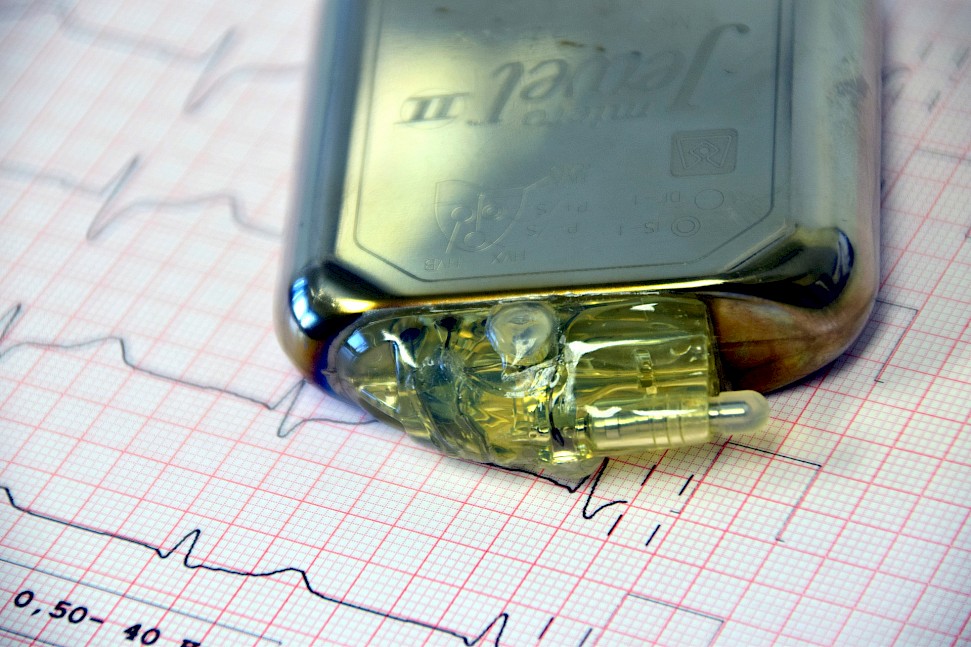What To Consider When Using An AED On Someone With A Pacemaker
August 30, 2021

When someone suffers sudden cardiac arrest, it is important an
AED is used without hesitation. AEDs are easy to use. Just turn them on and listen to the step-by-step directions on how to help save a life. There are some factors that you will need to consider when using an AED. One of those factors is if the patient has a pacemaker or an
implanted cardioverter defibrillator (ICD).
What is a Pacemaker?
A
pacemaker is a small device placed in the chest of a person who suffers from an abnormal heart rhythm. It is used to help someone’s heart beat more regularly, particularly someone who has a slow heartbeat.
What is an Implantable Cardioverter-Defibrillator (ICD)?
An implantable cardioverter-defibrillator (ICD) is a device that can detect life-threatening abnormal rhythms. If an abnormal heart rhythm is detected, the device will deliver an electric shock to restore a normal heartbeat if your heart is beating chaotically and much too fast.
How do you know if someone has a Pacemaker/ICD?
There are a few ways to know if someone has a pacemaker/ICD. Sometimes, people with medical issues wear some jewelry noting they have a device implanted
in them. Don’t spend too much time looking. You want to use the AED as quickly as possible.
Someone with a
pacemaker/ICD will have a small bump that is usually on the left side of the chest under the collar bone. There will be a scar over the bump. The bump will be about the size of a deck of cards.
There are also some people who have a subcutaneous ICD which is located on the left side of the rib cage towards the back. This will also look like a small bump with a scar over it.
Can an AED be Used on Someone with a Pacemaker/ICD?
Yes! You can still use a
Lifeline VIEW AED on someone with a pacemaker or ICD. The hope for a person with an ICD is that an AED would not need to be used and the ICD would shock them back immediately. If you know someone has an ICD and they collapse, an AED needs to be used if the ICD does not revive them immediately.
When
using an AED on someone with a pacemaker/ICD to avoid putting the electrode pads directly over the internal device. The key is to put the pads at least one inch away from the internal device. Once the pads are placed, follow the voice commands to help save the person’s life!
To learn more about Defibtech and to join us on our quest to
save lives from sudden cardiac arrest, visit
www.Defibtech.com.
Sources:
https://www.defibmachines.co.uk/can-use-defibrillator-person-pacemaker/
https://www.mayoclinic.org/tests-procedures/pacemaker/about/pac-20384689
https://www.heart.org/en/health-topics/arrhythmia/prevention--treatment-of-arrhythmia/implantable-cardioverter-defibrillator-icd
